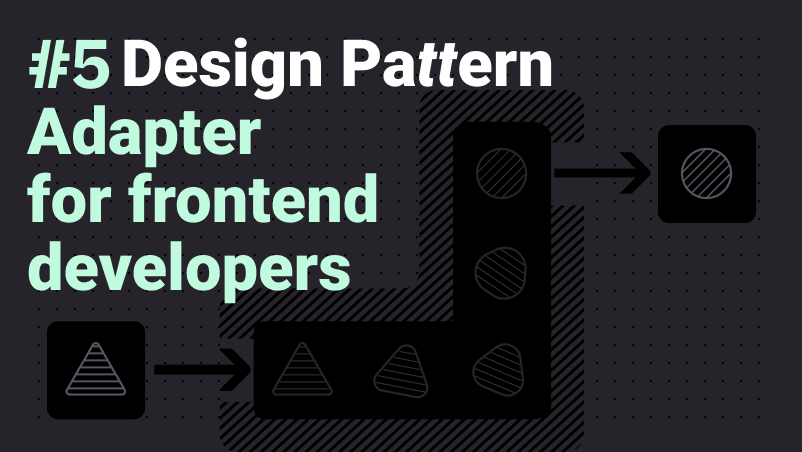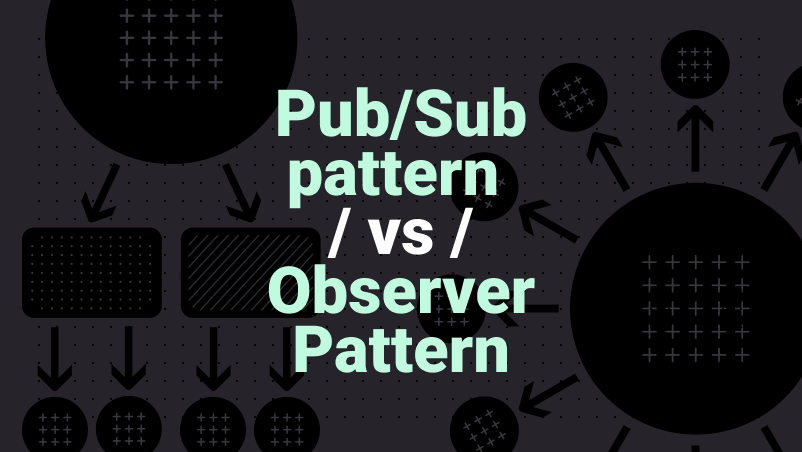Strategic Software Development: Balancing Build vs Buy for Market Success
Posted by | November 28, 2023

In software development, choosing when to create a custom solution or invest in an existing platform is critical. This choice is more than a singular action; it’s a strategic determination that can influence the product’s trajectory. Every software product comprises various features — some serve as distinctive selling points, while others provide necessary but more widespread functionalities.
The unique differentiators are, the essence, the core intellectual property of the product. They define the competitive edge, embody the brand’s innovation, and resonate with the unique value proposition offered to the customers. Building these in-house is akin to crafting the soul of the product. It necessitates a deep dive into design, development, testing, and iterative refining to ensure that the differentiators are not just unique but are continually evolving to stay ahead in the market race. This path, while resource-intensive, is indispensable as it encapsulates the brand’s identity and fosters a competitive advantage.
Conversely, the generic yet essential features form the base that supports the differentiators. They are crucial for functionality, usability, and overall user experience. However, diverting a significant portion of resources to build these functionalities in-house might not be the most prudent choice. Here is where the ‘buy’ decision comes into play.
Opting to leverage existing Software Development Kits (SDKs) for these essential features is a pragmatic and astute decision. It’s akin to standing on the shoulders of giants, benefiting from the extensive work already done in those areas. The advantages are manifold:
1. Time Efficiency:
- SDKs come with pre-built, tested, and refined features ready for integration. This significantly accelerates the development timeline, allowing the team to focus on enhancing the core differentiators.
- The swift integration process of SDKs can expedite the product’s time-to-market, a critical factor in today’s fast-paced technological landscape.
2. Cost Savings:
- Developing generic features in-house can incur substantial costs not just in development but also in testing, debugging, and maintenance.
- Leveraging SDKs can lead to significant cost savings as they come at a fraction of the cost compared to in-house development. Moreover, they often come with support and updates, reducing the long-term maintenance burden.
3. Resource Allocation:
- By opting for SDKs for generic functionalities, the in-house development team can channel their efforts towards the core intellectual property, ensuring that the unique differentiators are continually evolving and staying ahead of the curve.
4. Quality and Reliability:
- Established SDKs have been tested in diverse environments and come with a level of reliability and robustness. They adhere to industry standards, ensuring that the integrated features are not just functional but also robust.
5. Scalability:
- As the product grows, scaling becomes imperative. SDKs often come with built-in scalability, ensuring that the integrated features can handle the increased load without requiring a significant overhaul.
The ‘build vs buy’ decision is a nuanced strategy, a balanced approach towards optimizing resource allocation, accelerating product development, and ensuring cost efficiency. It’s about creating a symbiotic relationship between the unique intellectual property nurtured in-house and the essential, generic features seamlessly integrated through reliable SDKs. This balanced approach not only propels the product towards market readiness but also lays a robust foundation for sustained innovation and competitive advantage.
The ‘build vs buy’ choice is not binary but a spectrum. Navigating this spectrum with a clear distinction between what needs to be built in-house and what can be reliably sourced from existing SDKs is essential. It’s a strategic endeavor that optimizes time, cost, and resource allocation, ensuring a sharper focus on nurturing and evolving the core intellectual property that is the hallmark of the product’s unique value proposition.
If integrating collaborative features is on your radar, considering existing specialized tools is advantageous. The SuperViz SDK emerges as a compelling option. This toolkit is designed to seamlessly introduce a suite of collaboration capabilities into your software product, including contextual comments, chat, video conferencing, application state synchronization, collaborative editing, and meeting transcripts, among others. By integrating SuperViz, you not only expedite the implementation of complex collaborative functions but also ensure that these features are sophisticated and user-friendly. This approach not only enhances the product’s collaborative suite with efficiency but also enriches user engagement and productivity, thereby strengthening your product’s position in a market where seamless collaboration is increasingly becoming the norm.
Recent posts
This website uses cookies to give you the best experience. See our Privacy Policy for further details.


